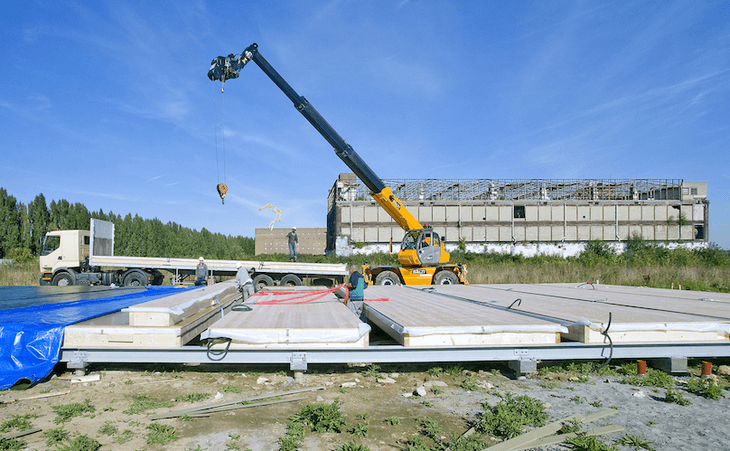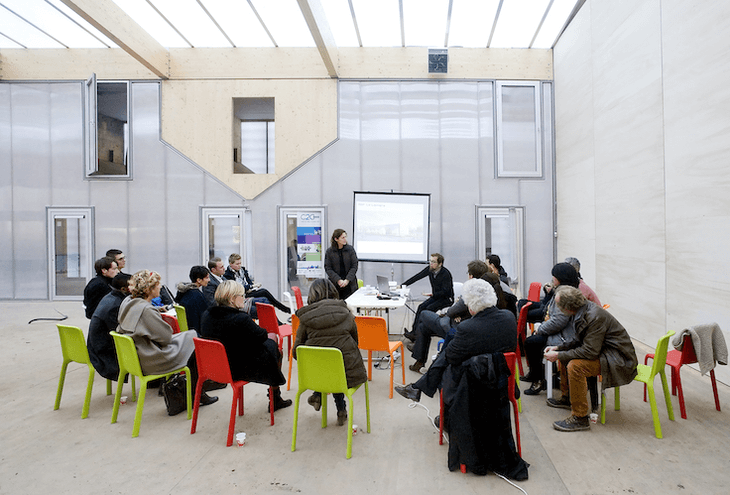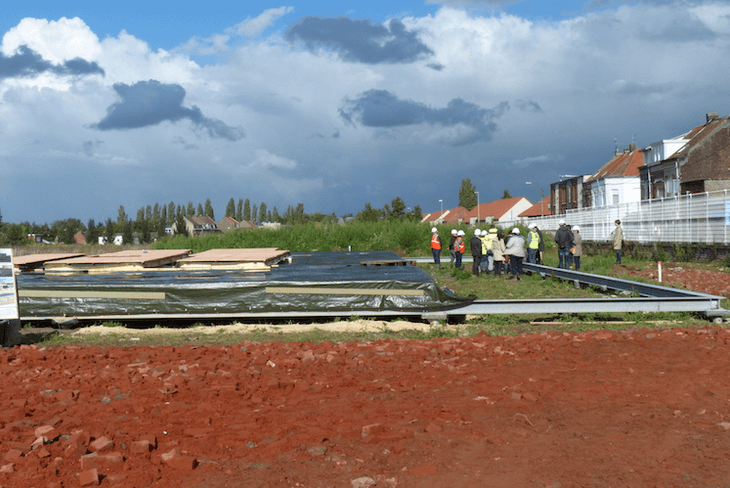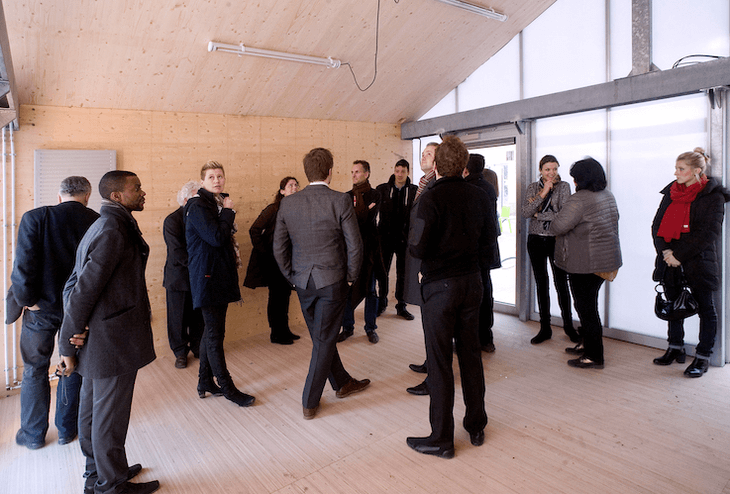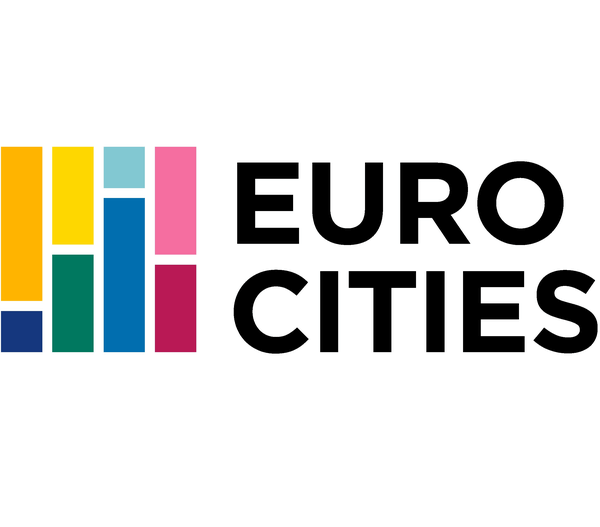La Lainière Project House demonstrates the cradle-to-cradle (C2C) philosophy in action.
Eurocities Awards
This project was shortlisted for the 'Eurocities Awards' in 2017 in the following category: Innovation.
The Metropole Européeenne de Lille has prioritised the regeneration of the factories and wastelands remaining from its industrial history - and created a charter for 21st century business parks to outline its strategy. From the beginning there was a commitment to improve the quality and sustainability of the new business parks set up to provide today’s employment opportunities. These aspirations led to the city’s interest in the cradle-to-cradle (C2C) concept, which enables buildings to be reconfigured, recycled, dismantled and used elsewhere, as well as to its participation in the European INTERREG IV C2C BIZZ project. After contributing to the C2C BIZZ project’s framework for the planning, building and operation of C2C business sites, Lille was keen to be one of seven cities that would put these to the test. The Lainière, a 30-hectare site of Europe’s first woollen mill, was chosen for the pilot project. Visited by Queen Elizabeth II and other famous guests in the 1950s, more than 6,000 people worked at the site in its heyday. Closed and demolished at the turn of the century, the objective was to reimagine the site as a place to live and to work. The Project House was to be an innovative part of, and the first step towards, this goal.
A competition was launched, challenging architects to come up with a visionary design for a future-proof building that would positively impact the environment, economy and society. Lille chaired the judging panel which chose a design by architectural agency EKOA. Lille put collaboration at the project’s centre, recognising that it would only succeed if experts from a wide range of fields, from real estate to renewable energy and materials technology, were brought together to stimulate innovation and problem solving.
From its extractable foundations to its non-bituminous roof membrane, the building brings to life the three founding principles of C2C:
- all products must be biodegradable or capable of being transformed into new products for use elsewhere;
- diversity and mutability of systems, architecture, social environments, revenue, biodiversity and more are embedded for resilience and longevity;
- energy must be renewable, from diverse sources and saved where possible.
The lead agency for the project is The Metropole Européeenne de Lille and developer SEM Ville Renouvelée. Funding for the building work and operational costs totalled €1,160,000, to which the European INTERREG project contributed 50%.
La Lainière Project House accommodates a wide diversity of uses. In its first year, hundreds of local people came to the house for tours, book fairs and workshops and school children visited to learn about their area and its sustainable future. The building has given The Friends of Lainière opportunities to celebrate the site’s textile past and urban renewal. It also brings together stakeholders in the area’s regeneration to promote C2C principles. In addition, the Project House is home to the Lille team responsible for the Lainière project, 107 people whose energy and commitment have galvanised citizens, associations and public and private partners to participate in the project.
The project could have come to a stop many times. There were significant difficulties with regulations written at a time when the building’s materials and methods were unheard of. Manufacturers initially quoted high prices, given that they were unsure of the C2C concept. Once explanations and design modifications were completed, the construction itself took just three months.
In pioneering a change in the way business sites are developed, restructured and managed and learning many lessons along the way, the project has been able to contribute to the C2C BIZZ project’s ‘Guide to cradle-to-cradle Inspired business sites’. This guide will certainly be of great value as the rest of the Lainière site is developed. What is less certain is the future of the Project House itself. But whether it is sold as corporate real estate, or is reused elsewhere, it will fulfil its function as a building designed for a changing world.
- Cities in action - Lille - La Lainiere Project House, Cradle-to-cradle building validates and publicises innovative concept, EUROCITIES, November 2017
Related case studies
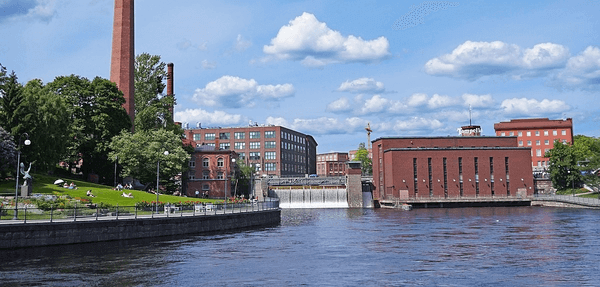
Tampere, Finland
Tampere: from linear to circular bio-economy
In the city of Tampere’s ECO3 business park, bio-economy and circular investments are translated into practical activities.
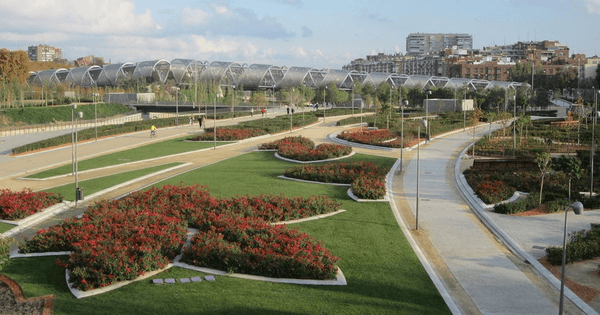
Madrid, Spain
The Madrid Río Project
The Madrid Río project aims at converting the zone alongside the Manzanares River into green areas to make the city eco friendlier.

Quito, Ecuador
Metropolitan District of Quito Resilience Strategy
The city of Quito is preparing to face the challenges of the 21st century based on its adaptive capacity, which is built on social and economic inclusion, efficient urban performance and environmental sustainability.
